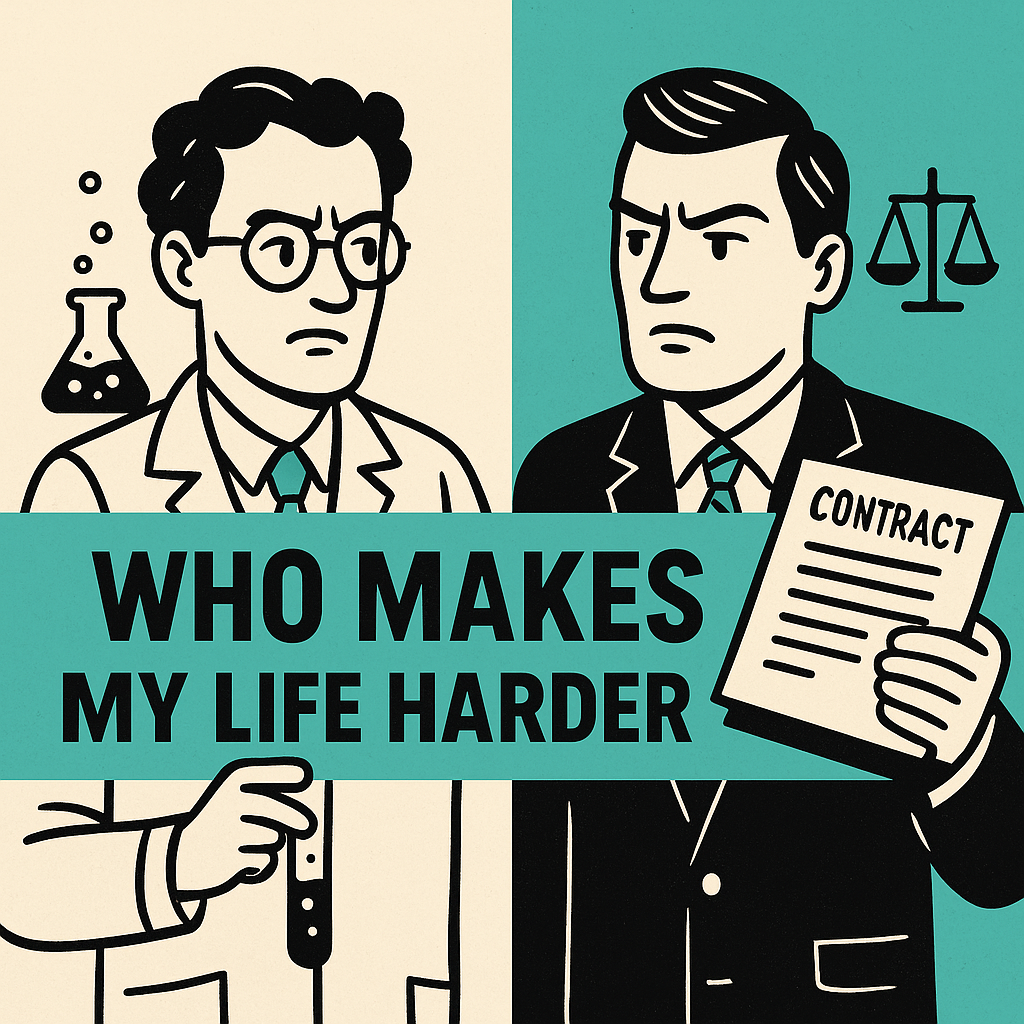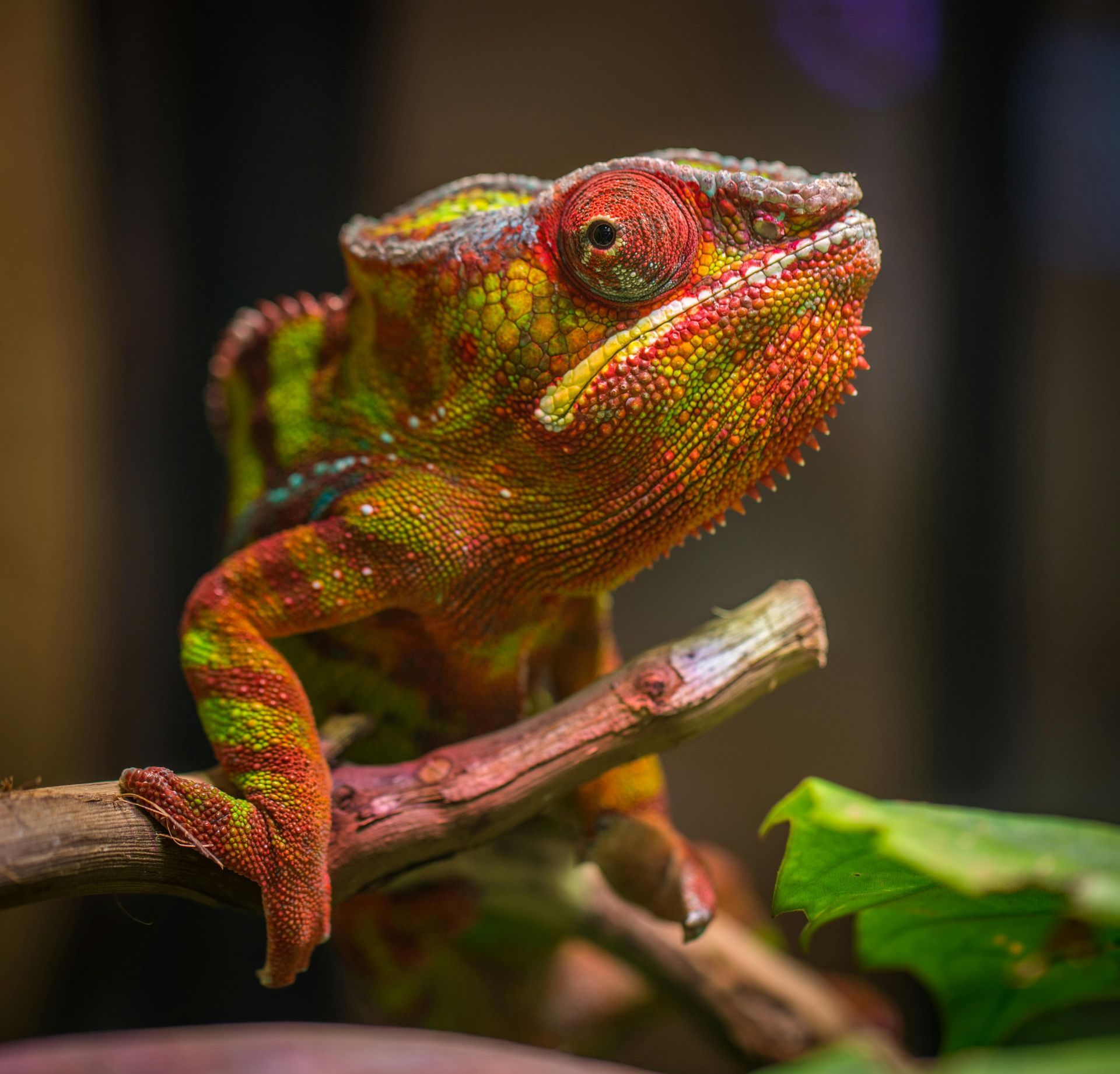The War for Talent in Life Sciences: Why Your Hiring Strategy Needs a Rethink in 2025
The Old Hiring Playbook is Failing
Five years ago, hiring top-tier computational biologists or Drug discovery scientists was a matter of sorting through a deep pool of eager candidates. Today? That pool isn’t just shallow—it’s shifting.
The best scientists aren’t necessarily harder to find. They’re harder to attract, engage, and retain.
This isn’t a talent shortage. It’s a talent reallocation.
Scientists are still deeply invested in life sciences, but they’re making more selective career decisions than ever before. Bioinformaticians are weighing opportunities in AI-driven research. Computational biologists have more choices, from Biotech startups to cutting-edge tech firms. And remote work? It’s completely redrawing the map, making old hiring playbooks obsolete.
Why the Old Hiring Model No Longer Works
If your strategy is still posting jobs, waiting for applications, and competing on salary, you’re already losing.
Winning the talent war in 2025 isn’t about outbidding competitors. It’s about redefining where, how, and why you hire.
Where Has All the Talent Gone?
Scientists aren’t leaving life sciences. They’re just choosing different types of roles and employers. Here’s why:
- The biotech boom is pulling talent away from pharma – Scientists are increasingly attracted to high-risk, high-reward startups that offer equity, innovation, and faster decision-making. But big pharma still offers career stability and funding for large-scale research - two things biotech can’t always match.
- Omics, AI, and bioinformatics roles are outpacing supply – Demand has surged, but the pipeline of experienced candidates is limited. Junior talent is abundant, but companies need mid-to-senior-level specialists, which are in short supply.
- Remote work has rewritten the hiring playbook – The best candidates don’t need to relocate to biotech hubs anymore. The companies winning talent aren’t the ones in Boston or Oxford - they’re the ones embracing flexible, global hiring strategies.
- AI is reshaping recruitment - but it’s not replacing expert hiring – Companies using AI-driven sourcing and automation are gaining efficiency, but AI alone won’t close a candidate or build trust with passive talent. The companies pulling ahead are the ones combining AI-powered insights with specialist recruiters who know how to engage and attract high-demand scientists.
The Numbers Tell the Story:
- Bioinformatics job postings are up 38% in two years, but applications have only risen by 12%. (Source: BioPharma Trends)
- 58% of scientists say they’d prefer working for an AI-driven biotech startup over a traditional pharma company. (Source: Endpoints News)
- Case study: A top pharma company took six months to fill a machine learning scientist role. A smaller biotech using AI-powered sourcing and specialist recruiters? Six weeks.
Who’s Winning, Who’s Losing?
This isn’t about company size or salary anymore. It’s about agility and adaptation.
Winning Companies:
- Biotechs using AI-driven hiring and recruitment partnerships – The best companies aren’t relying on job boards. They’re using AI-driven sourcing to identify talent and recruiters to engage them directly.
- Companies investing in employer branding – Scientists today aren’t just looking for a paycheck. They want to work for companies with a mission, cutting-edge research, and career development opportunities.
- Hiring managers working with specialist recruiters – AI can sort resumes, but it won’t convince a passive candidate to make a career move. Companies partnering with industry-specific recruiters are securing high-demand talent faster.
Losing Companies:
- Big pharma firms stuck in slow hiring cycles – While big pharma offers stability, many companies still have lengthy interview processes and bureaucratic approvals, driving candidates to biotech startups that move faster.
- Companies relying on outdated sourcing methods – Job boards and LinkedIn ads only capture active job seekers, missing out on the best passive candidates.
- Employers failing to adapt to remote work – Insisting on onsite-only roles is cutting companies off from a huge portion of available talent.
What Hiring Managers Need to Do in 2025
- Rethink where you source talent – The best candidates aren’t applying to job ads. The companies winning in 2025 are combining AI-driven sourcing with specialist recruiters who engage passive candidates and close high-demand hires.
- Strengthen your employer brand – Candidates are drawn to mission-driven, innovative workplaces. If your company isn’t marketing its vision and career opportunities, you’re losing top-tier candidates to those who are.
- Use AI strategically—but don’t over-rely on it – AI helps identify talent, screen resumes, and predict fit, but it won’t build relationships or negotiate offers. Companies using AI alongside recruiters are securing the best talent.
- Speed up your hiring process – The best candidates get multiple offers. If your hiring cycle takes months, you’re losing talent to faster-moving competitors.
- Look beyond life sciences – The best bioinformatics and AI talent might not have a pharma background. Hiring from adjacent industries like tech and data science can help bridge the skills gap.
The Talent War Won’t Be Won With Yesterday’s Tactics
The life sciences hiring landscape has changed. Companies that adapt—leveraging AI, specialist recruiters, and strong employer branding—will win. Those clinging to outdated models? They’ll keep losing top candidates to more agile competitors.
Winning the talent war isn’t about finding people—it’s about understanding what attracts, retains, and engages them in 2025 and beyond.
Contact Us
Hiring is data. Retention is psychology. The best companies get both right - only the exceptional make it a strategy
















